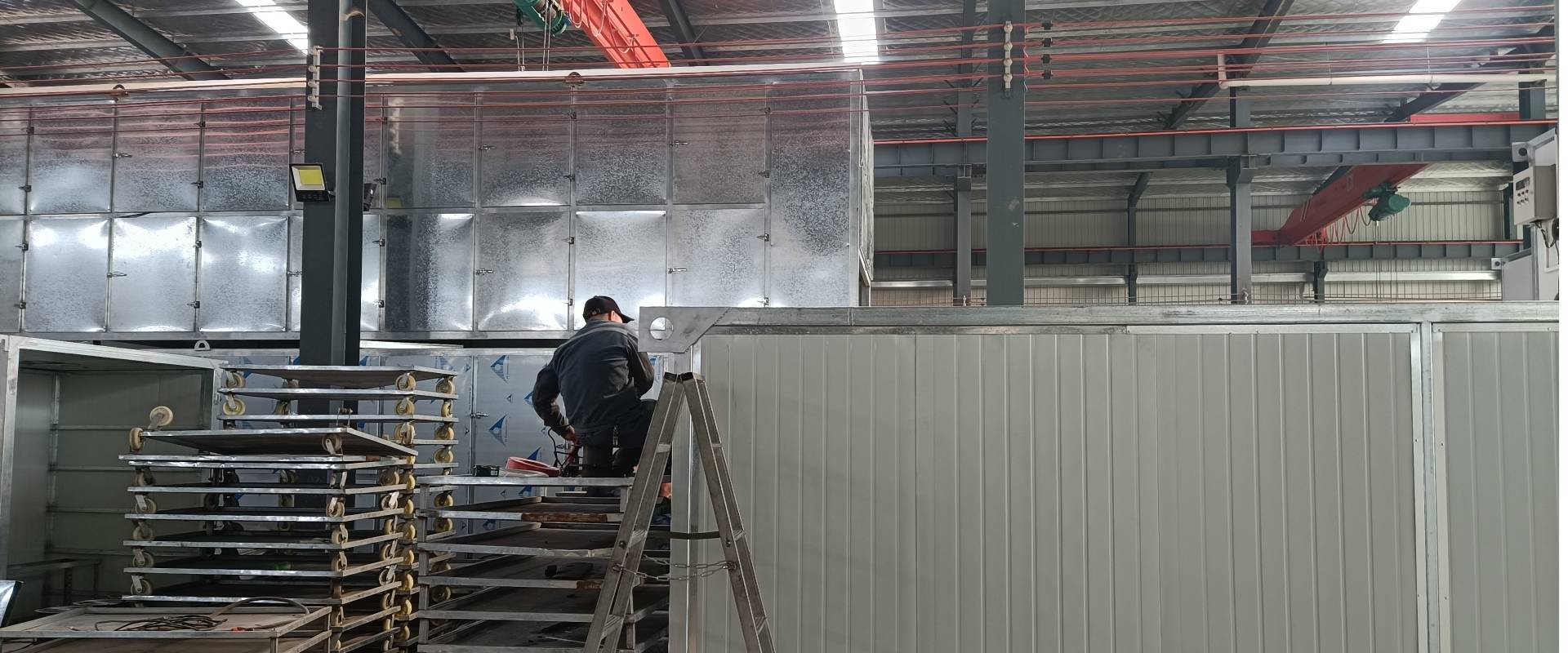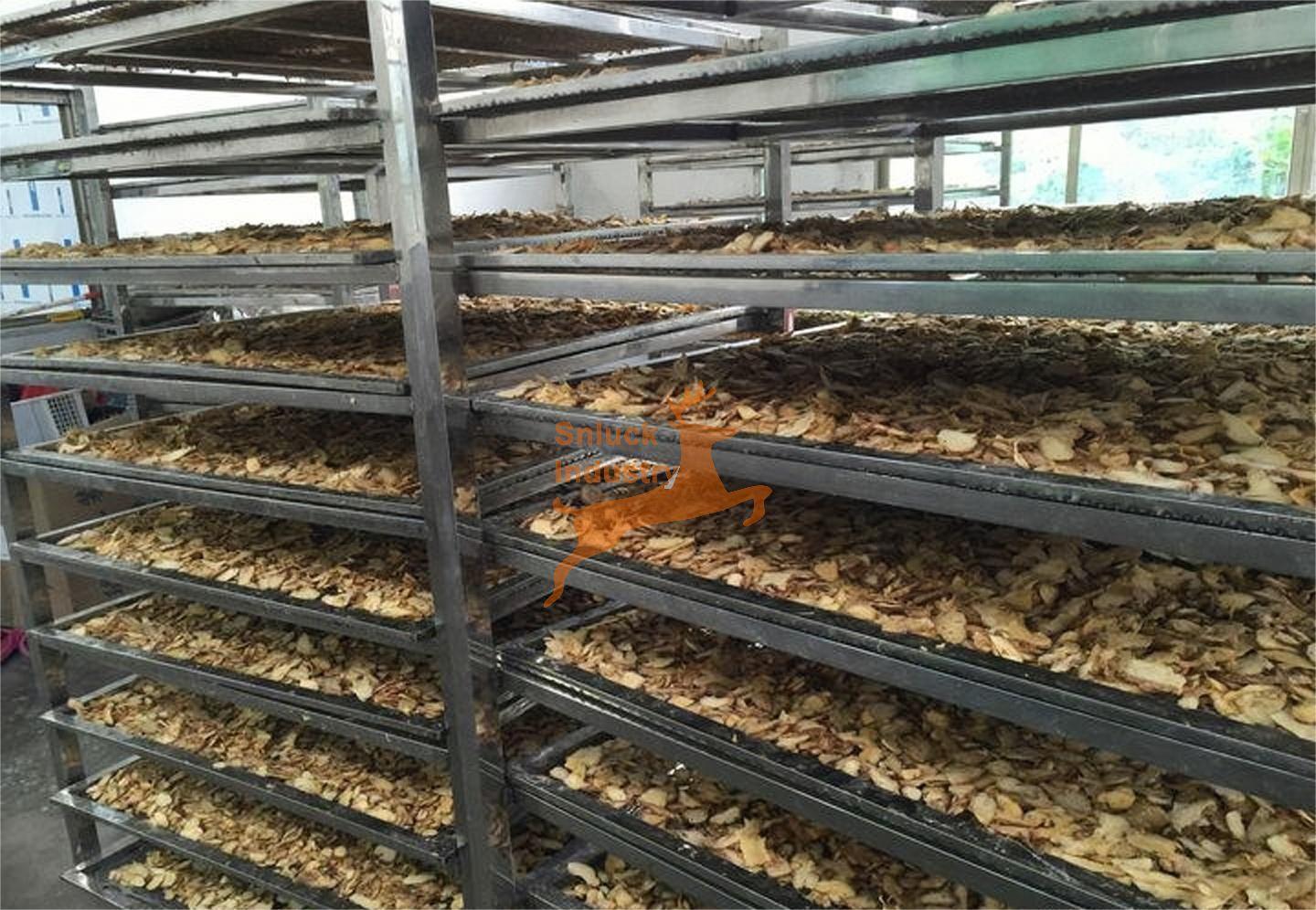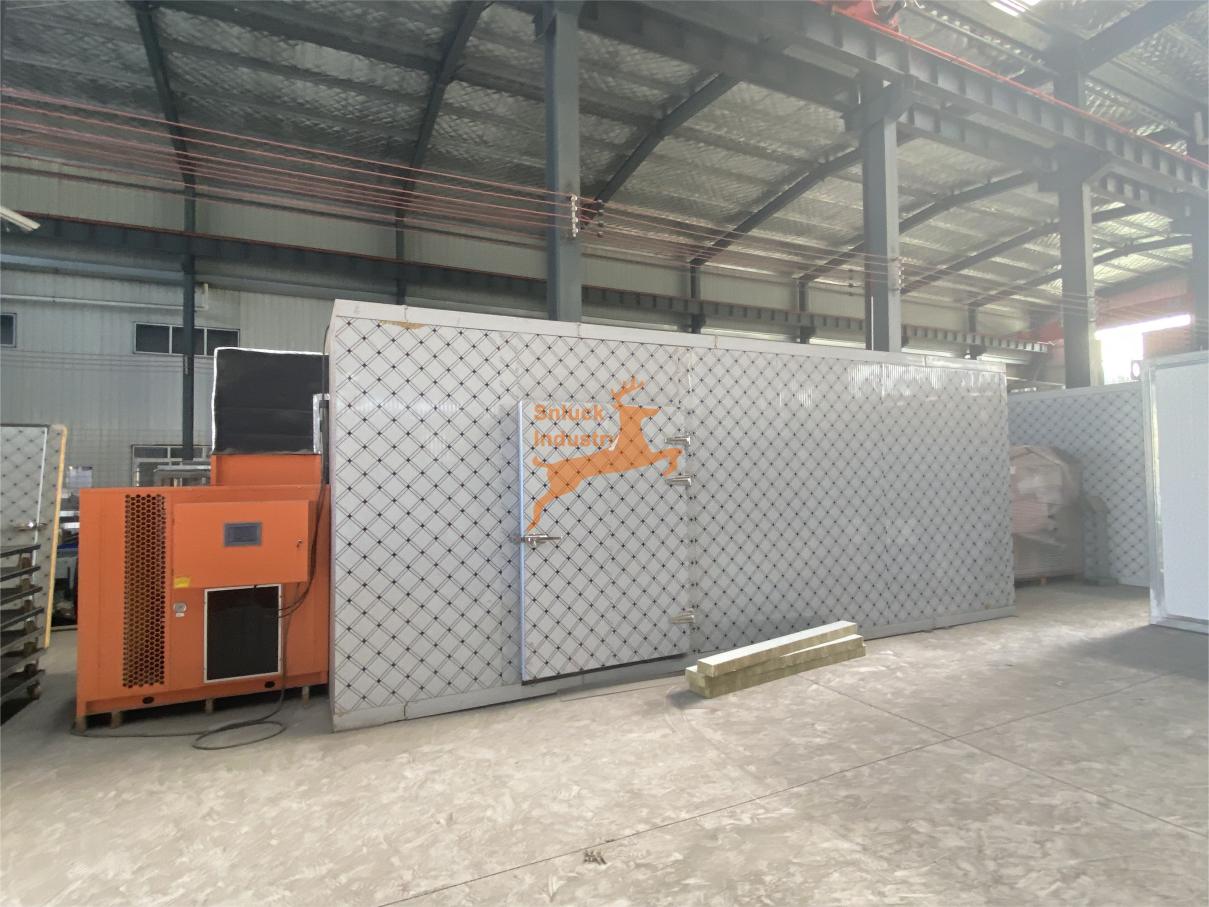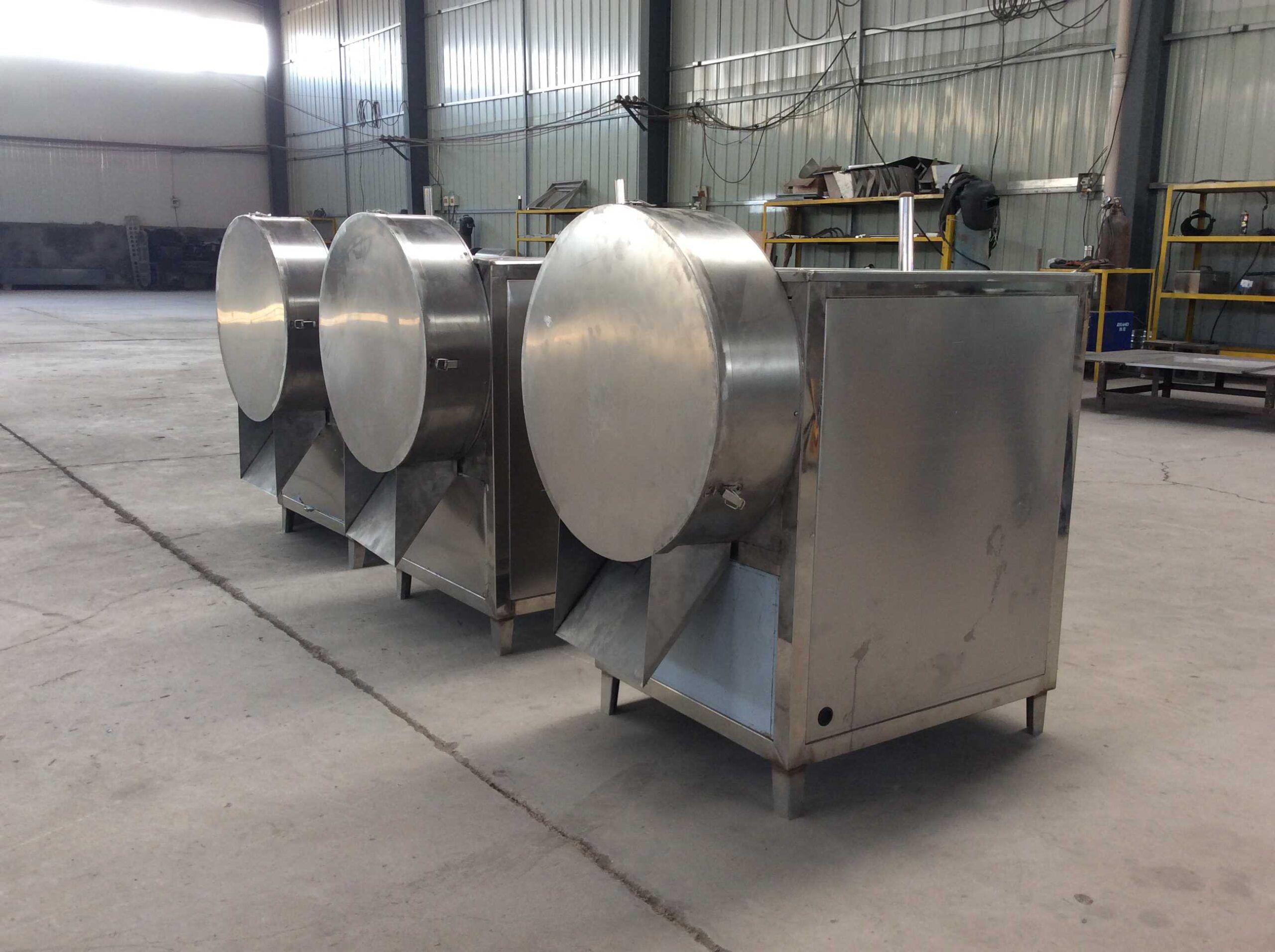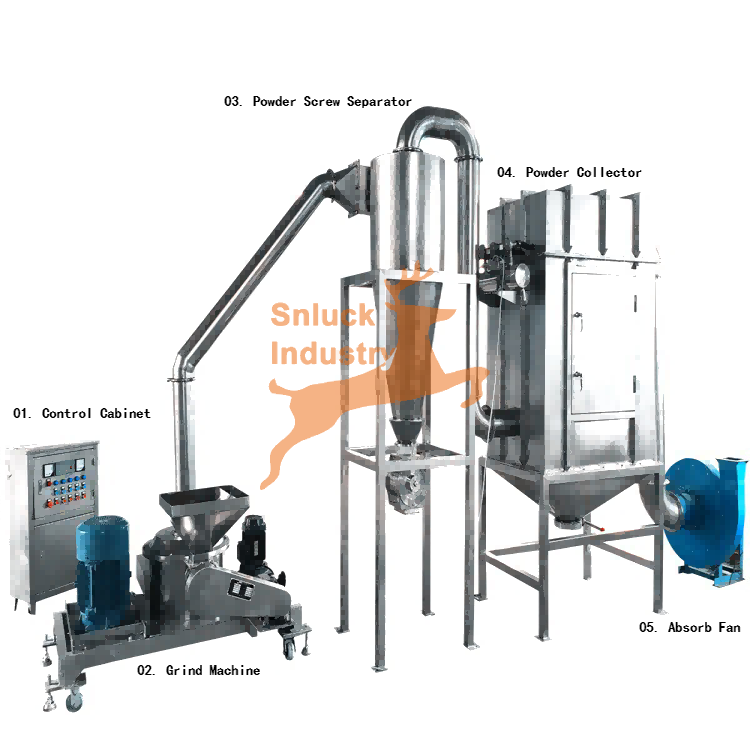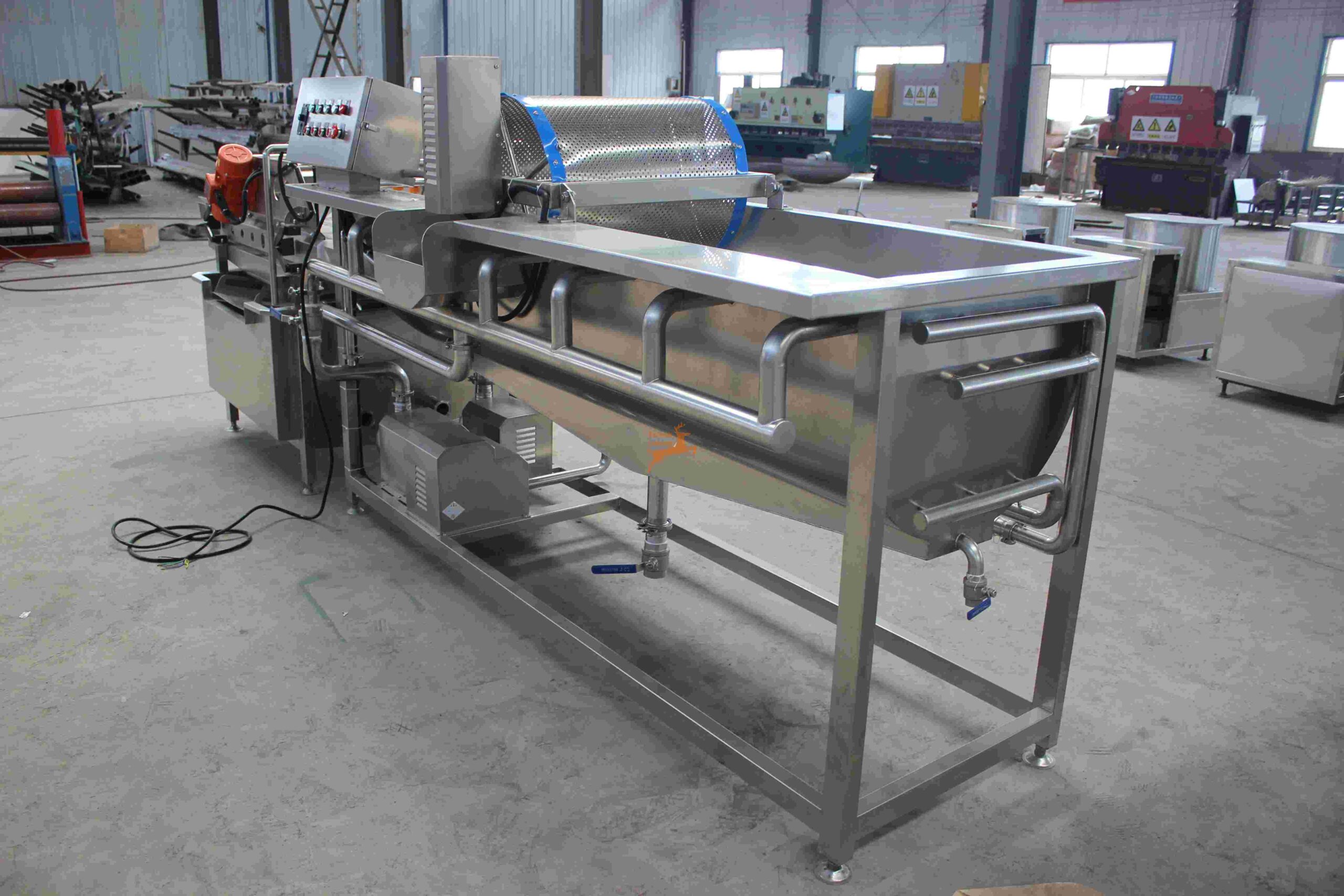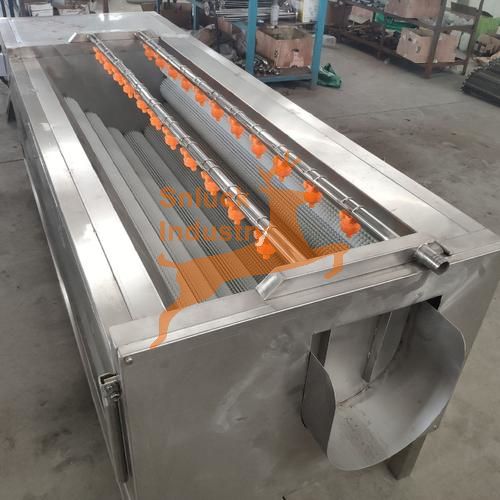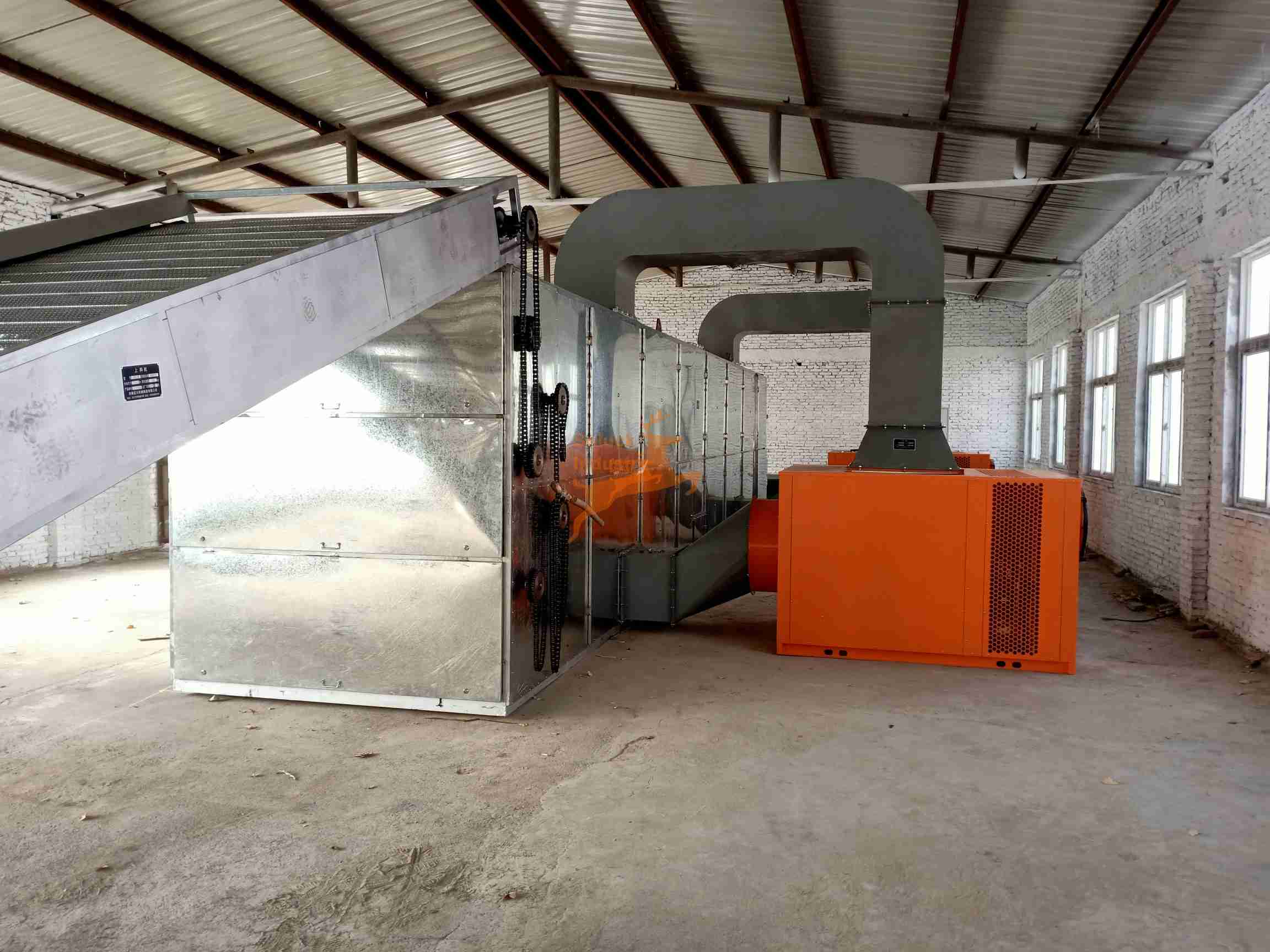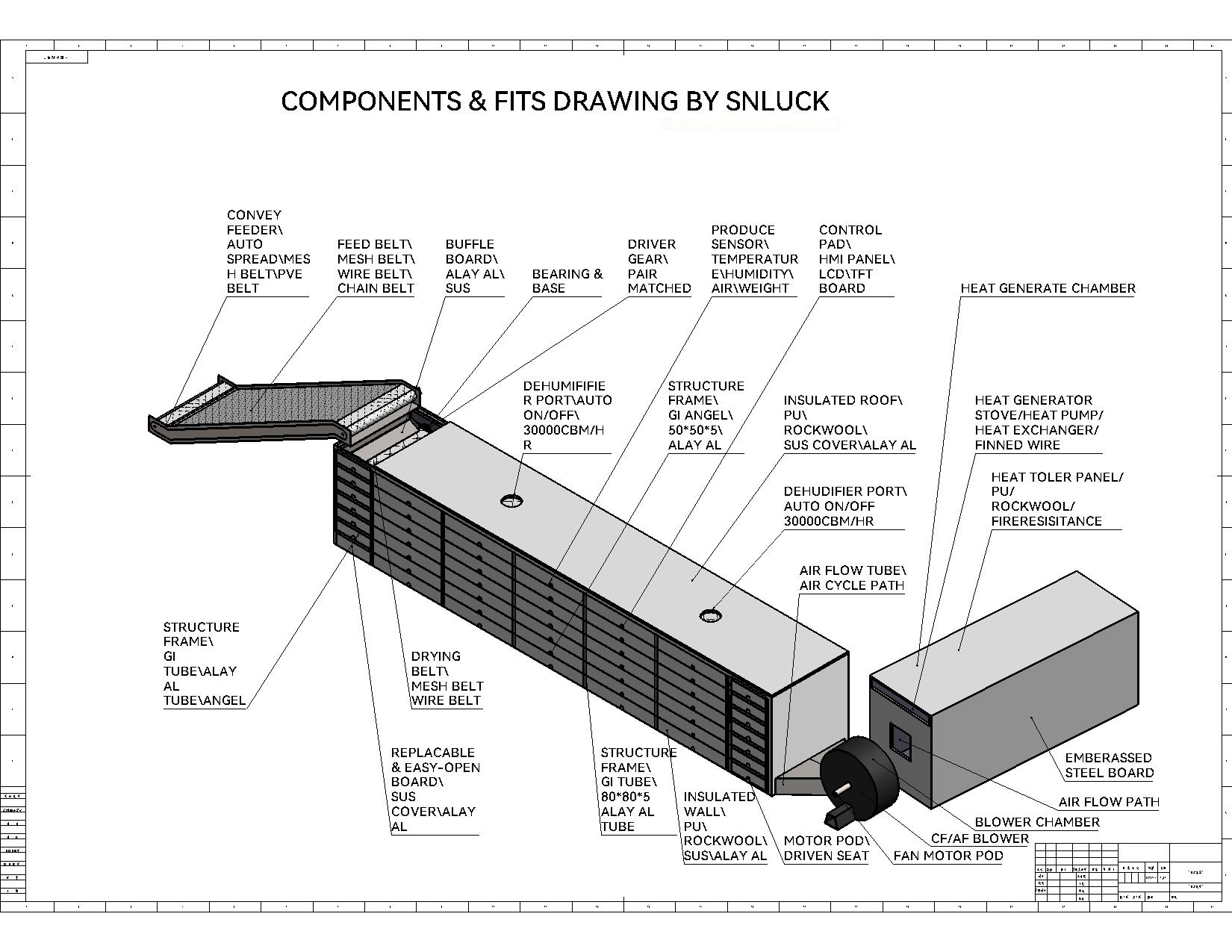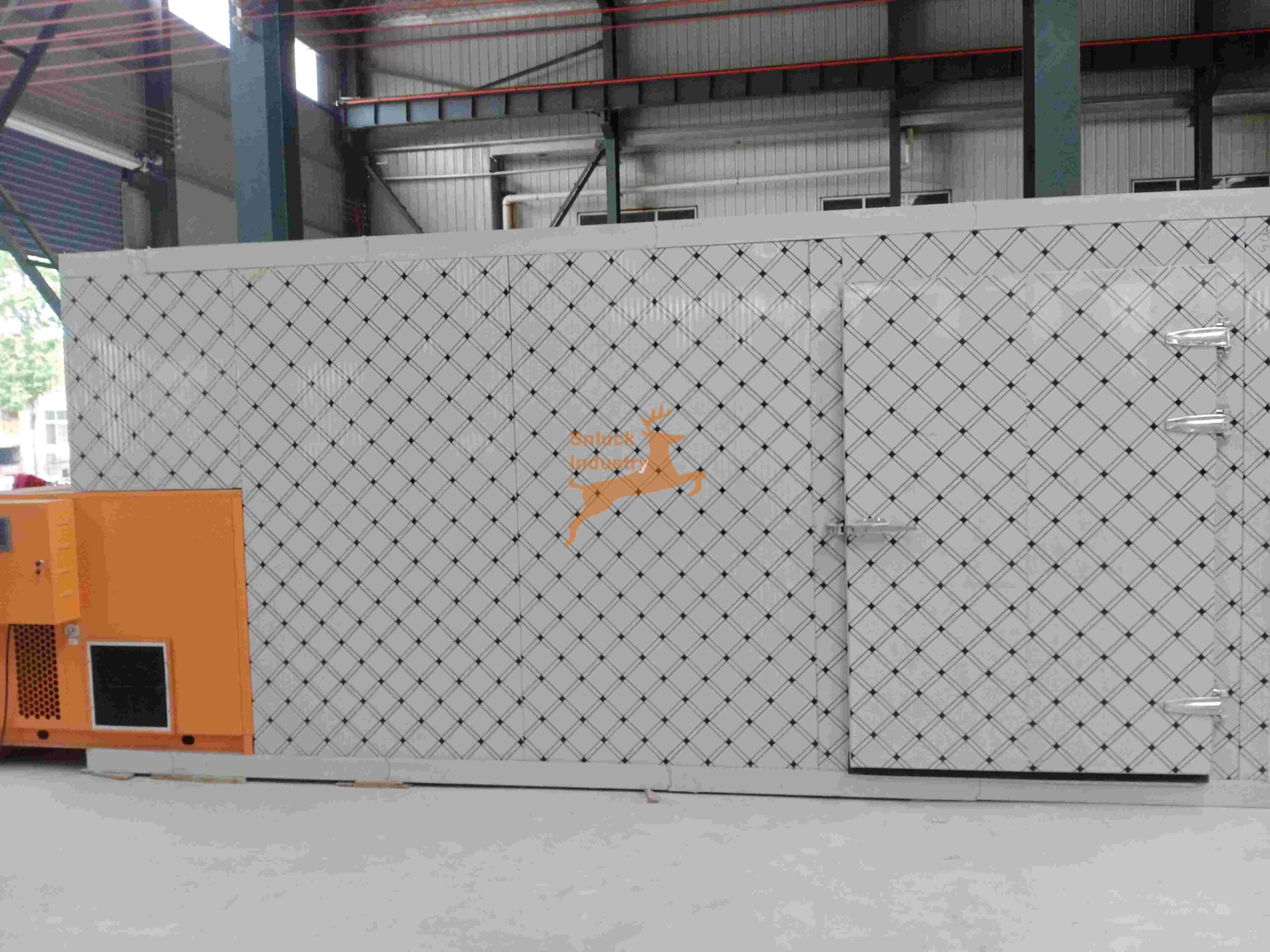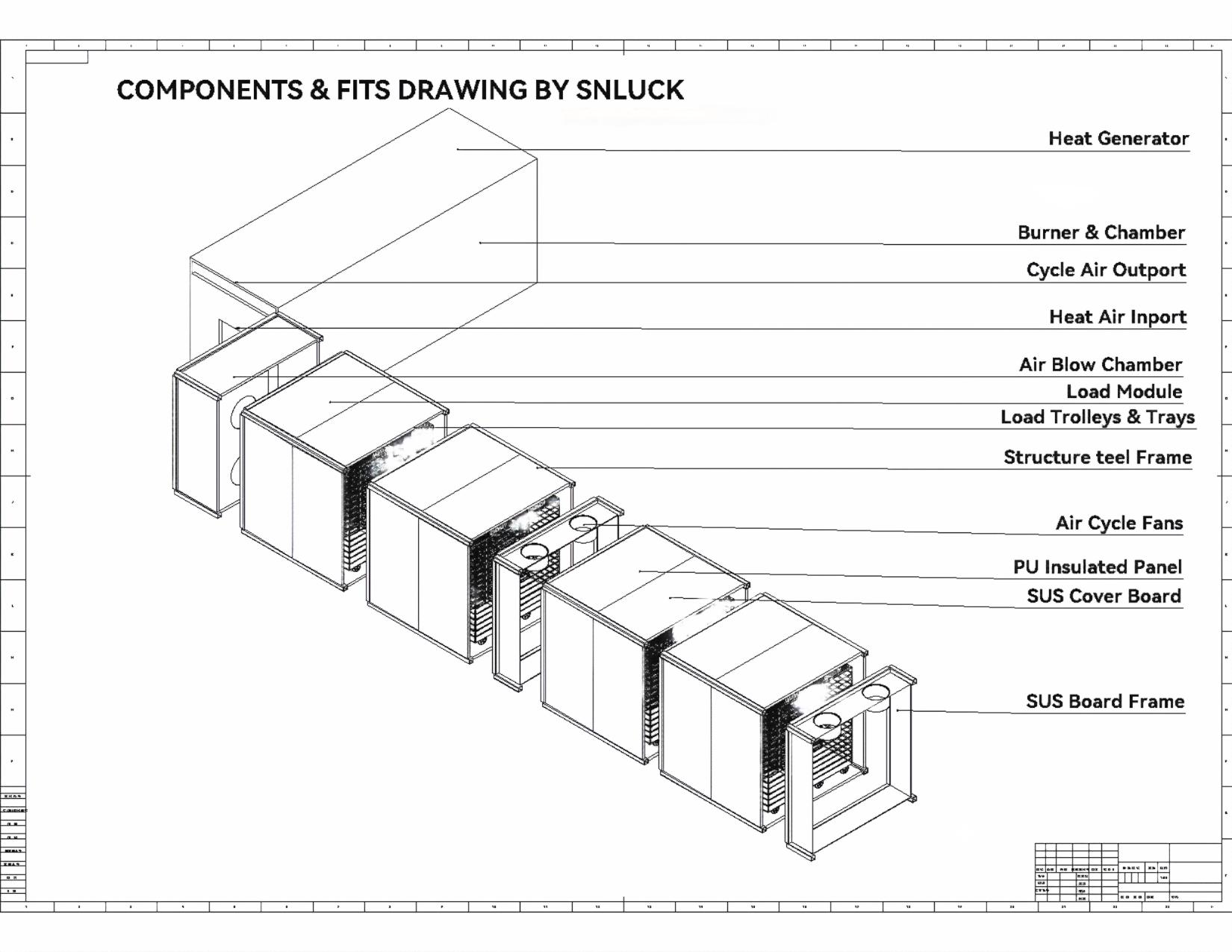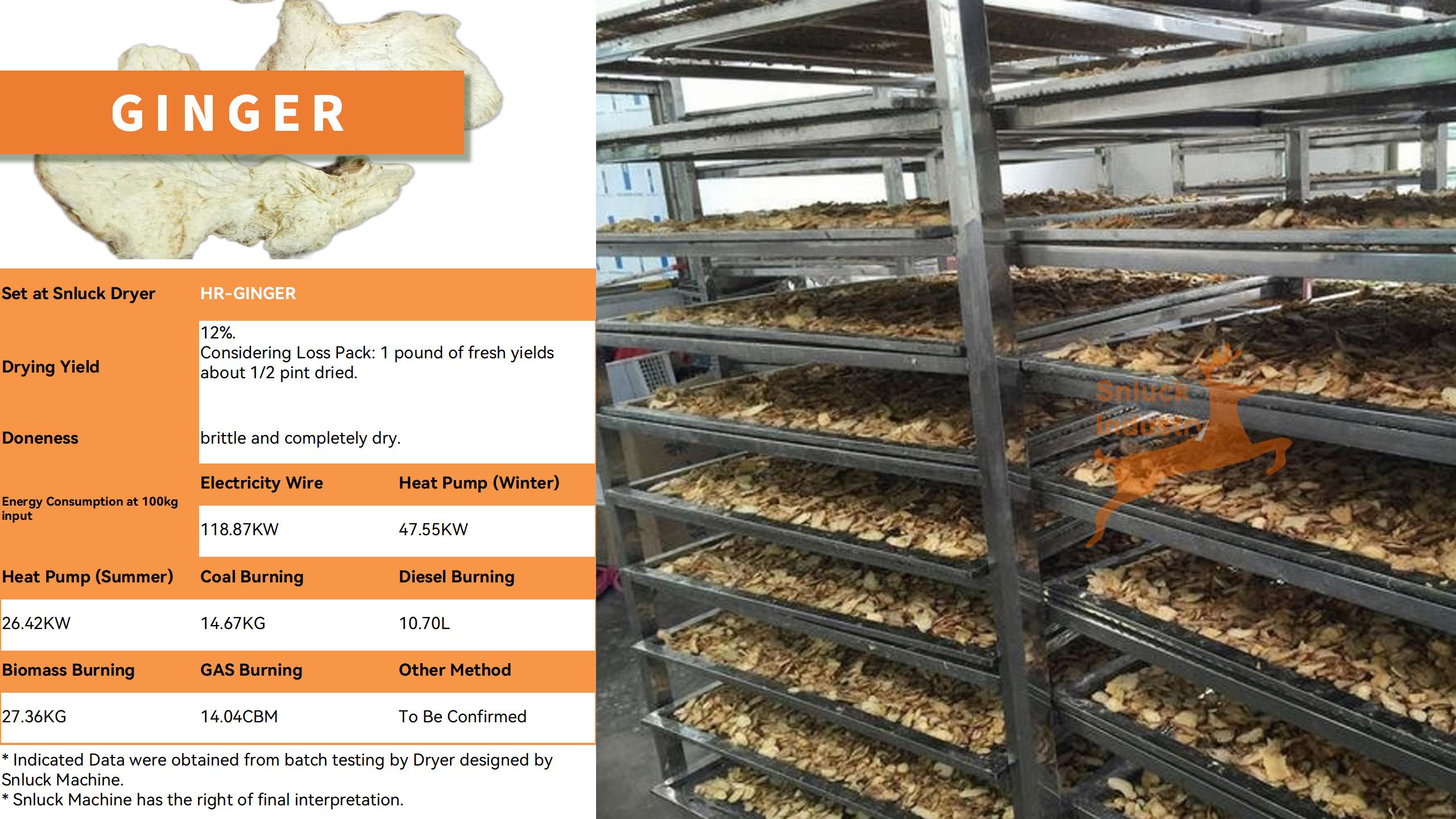Higher Efficient & Lower Cost.
- Lower installation and setup costs as the components can be easily connected.
- Higher flexibility in modifying and upgrading the equipment to meet changing needs.
- Lower risks of compatibility issues when adding or replacing modules.
- Higher scalability, allowing for the expansion of the equipment’s capabilities.
- Lower maintenance efforts as faulty modules can be quickly replaced.
- Higher productivity as the time spent on configuration and adjustments is minimized.
- Lower inventory costs for spare parts.
- Higher return on investment due to the ease of customization and long-term usability.
- Higher system stability as each module is independently tested and optimized.
Higher Quality & Lower Labor.
- Lower operational complexity as the system can be managed and monitored more easily.
- Higher productivity as the IoT function allows for precise and timely adjustments.
- Lower risk of errors and malfunctions due to the intelligent monitoring and control.
- Higher equipment reliability and longer service life.
- Lower maintenance costs as potential issues are detected and addressed promptly.
- Higher adaptability to changing production requirements.
- Lower energy waste, contributing to cost savings.
- Higher control over the production process, ensuring better quality output.
- Lower downtime as predictive maintenance is possible based on real-time data.
- Higher customization and personalization of the equipment’s operation to meet specific needs.
Higher Return & Lower Expense.
- Lower energy consumption, which results in significant cost savings. Users will experience lower operational expenses and a higher return on investment.
- Higher energy efficiency, reducing the environmental impact and allowing for a more sustainable operation.
- Lower maintenance costs as the equipment operates more efficiently, reducing wear and tear.
- Higher productivity as the energy savings can be redirected to increase production output.
- Lower heat loss, improving the overall performance and reliability of the drying process.
- Higher equipment lifespan as the reduced energy stress contributes to less component degradation.
